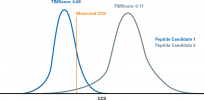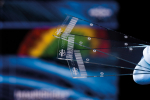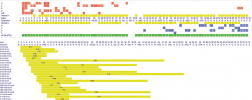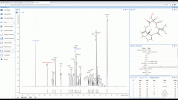
The hugely successful book Introduction to the Theory and Practice of Sampling by Kim Esbensen, the Sampling Column editor in Spectroscopy Europe and Spectroscopy World magazines, is now available as an ebook from IM Publications Open. It can be purchased from the IM Publications Open online bookshop.
“Sampling is not gambling”. Analytical results forming the basis for decision-making in science, technology, industry, and society must be relevant, valid and reliable. However, analytical results cannot be detached from the specific conditions they originated under. Sampling comes to the fore as a critical success factor before analysis, which should only be made on documented representative samples. There is a very long and complex pathway from heterogeneous materials in “lots” such as satchels, bags, drums, vessels, truckloads, railroad cars, shiploads, stockpiles (in the kg–ton range) to the minuscule laboratory aliquot (in the g–µg range), which is what is actually analysed. How to acquire a documented, representative analytical result across mass-reduction of up to six orders of magnitude of heterogeneous materials is far from a simple material handling issue. There are specific principles and rules behind representativity. The TOS is to the fore!
This book presents the Theory and Practice of Sampling (TOS) starting from level zero in a novel didactic framework without excessive mathematics and statistics. It represents 20 years of teaching experience, which has developed into a unique conceptual framework with which the TOS’ six principles and four unit operations can be understood unifying, enabling the reader to start sampling correctly right away. The book covers sampling from stationary lots, from moving, and dynamic lots (process sampling) and focuses on sampling in the analytical laboratory. It contains a wealth of complementing cases, examples, and references (most of which are accessible online) meant to inspire and motivate the reader to individual skills-building and further self-study.
The book will teach you:
- WHY sampling is much more than materials handling
- WHY we need the Theory of Sampling (TOS)
- HETEROGENEITY—the root of all evil
- The Fundamental Sampling Principle (FSP)—which must never be broken
- WHAT—and HOW TO conduct representative sampling
- The TOS in the laboratory—sample splitting without errors
- The sampling bias—a fatal enemy that can be avoided
- The TOS for the sampling of stationary lots and materials
- The TOS for sampling of moving lots and materials—process sampling
- The TOS and business ethics, buyer-seller relationships, OEM obligations, societal needs
- The TOS—Pros and Cons
- “The TOS will save you a lot of money.”






